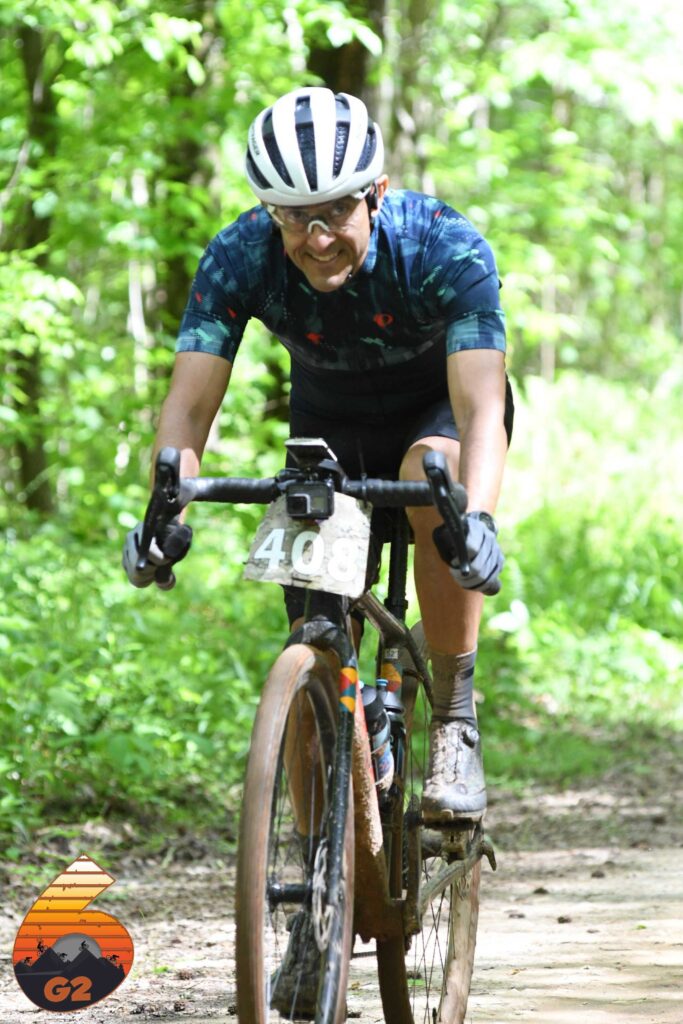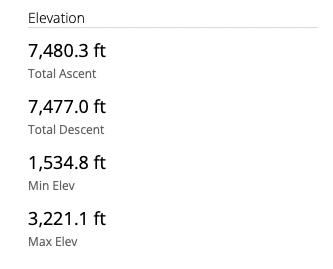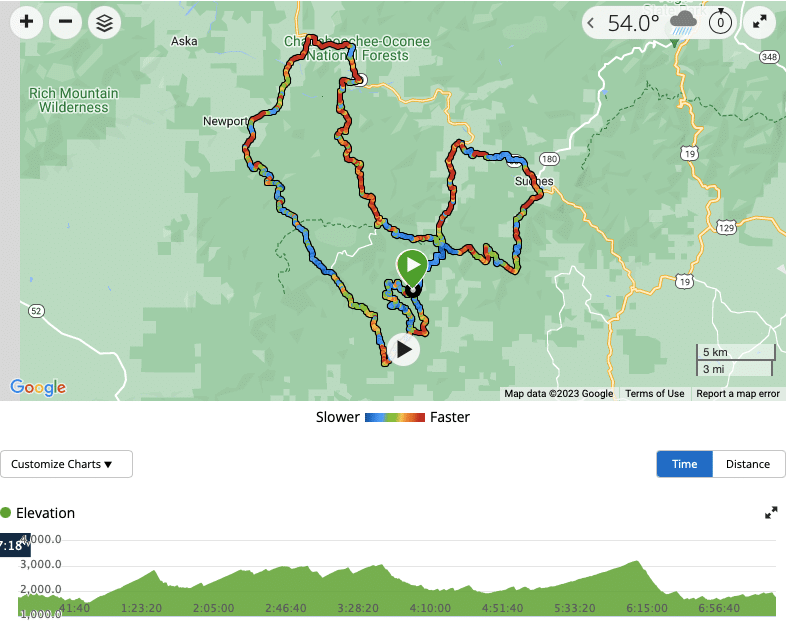The Big Peach Ride + Run Podcast is hosted by Big Peach Running Co. Director of Marketing, Dave “D2” Martinez. Gravel cycling has become more popular over the last decade and “D2” shares his experience at his first gravel cycling event.

Hello Friends!
Gravel cycling has seen growth participation increase over the last decade with a lot of new gravel events across the country but what is gravel cycling? Cycling on gravel is simply riding on unpaved roads and in some instances, similar to mountain biking. As a matter of fact, some events might be better suited for cross-country mountain bikes. The terrain for gravel events can vary from wide-open dirt roads to chunky gravel and even some single-track trails.
I was one of those individuals that resisted gravel cycling or at least getting a gravel bike because a mountain bike could serve that same purpose and technically, it’s true. There were plenty of mountain bikes during my first gravel event, the 6 Gaps Gravel Ride. I finally broke down and purchased a slightly used gravel bike and I’m glad I did. Being very similar to a road bike, it’s lighter than a mountain bike and rides a bit faster than a mountain bike because it uses narrower tires than a mountain bike and allows you to ride in a more aerodynamic position too.
Gravel cycling has been around for several decades. If you grew up in a rural area where the roads were unpaved and you rode a bike, you were a gravel cyclist, even if that term didn’t exist then. So why the sudden increase in participation and a whole new category of bikes in the last decade? In my opinion, former road cyclists and the inherent danger of sharing a road with vehicles have driven many to gravel. There’s also a more relaxed culture in gravel events, similar to trail running events. It’s more of a festival than a race for larger gravel races. The community seems to be more welcoming and inclusive where road seems to be more elitist.
Many of the first gravel bikes were actually bikes built up for bike packing or even bike commuting. So the right gravel bike could also be used to bike commute or for multi-day epic adventures. This is another reason why a gravel bike could be a better option than a cross-country mountain bike as it can be more of a multi-purpose bike.

So for my first-ever gravel event, I chose to do a hard one in North Georgia. The 6 Gap Gravel Ride had 3 distance options. I selected the middle distance at 68 miles with about 7,000 feet of elevation gain. I did a lot of indoor training on Zwift and cross-trained with some strength training and running (road & trail). I wasn’t quite sure what to expect but I had a great time despite the challenging course. Rain was expected and while I suspect some people decided not to show up, I was determined to ride no matter the weather. It took me over 7 hours of ride time. I did stop at every aid station to make sure I rested a bit (never stopped between aid stations) and took in fuel, it added to my overall time which was over 8 hours.
My primary goal was to finish and have a great time. My secondary goal was to ride up every climb and not hike the bike at any point. I was able to achieve all of that. The gearing on the bike helped on the climbs. I had an 11-40 cassette in the rear and I used that 40-tooth gear on every climb. I wasn’t fast but I didn’t wear my legs out or cramp up at any time. Unfortunately, because I took so long, many people were gone. I’m not sure there was a lot of cyclist doing the longer distances. The groups thinned out after the first aid station when the distances split up into different directions. Since it was a Sunday, I suspect many weren’t going to hang out for post ride beers with many working the following day.
The ride was well organized and the aid stations were well managed. The Dahlonega Ultra-Marathon Association manned the aid stations and they were great. They refilled my water bottles and mixed my Tailwind nutrition. They had bike mechanics at every aid station and some definitely needed it. The course could wreak havoc on your bike if you were really going hard. My bike performed well. The muddy conditions affected the gear shifting a little bit. The downhill at the end was steep and had me holding a death grip on the handlebar and brakes.

Below you’ll see a few of the stats from my ride which included riding over 7,500 feet of elevation as the course was rerouted due to the weather and additional miles were added. I also produced a little video of the day. Currently, my next scheduled gravel race is Big Sugar Classic in October. I’ll be searching for some other local gravel events to help with my training and preparation. I hope this inspires you to try something new.

Until next time, keep running, keep riding, and keep believing in yourself.
“D2”


